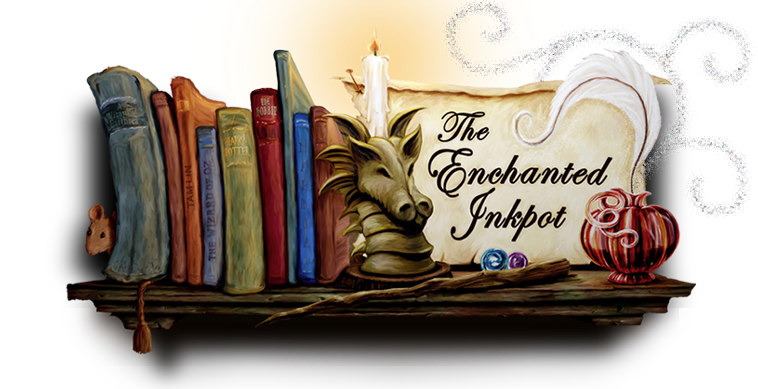SPLIT
(which was one of my favorite books of 2010, by the way!) was a contemporary novel with a single male protagonist. CHASING
SHADOWS has two main female characters and incorporates both fantasy and
comic-style art sections. Can you tell us a little about the similarities
and differences between the books?
Thanks, Leah! SPLIT is about what happens after chronic violence ends, after the escape from an abusive household. CHASING SHADOWS is also a post-violence story, about what happens after a sudden, unexpected act of violence interrupts a violence-free life. Both books focus on coping and who you hurt in that process.
But, as you mentioned, they are also very different in form and in tone. I wrote CHASING SHADOWS in part as a response to a moment in my own life when I was faced with the notion that safety is an illusion, that death can show up at any time. When I was 18, a friend I had had in middle school and had not talked to after we went to different high schools, was shot and killed in what is still an unsolved murder. The moment I found out, all my words left me. Words couldn't encompass the shock. I wanted to capture that moment and I knew words weren't the way. So I turned to images. So the form was really different.
I wrote it in girls' voices because I feel like friendships, more than boyfriends who sort of came and went, were more of how I came of age.
Wow. I’m so sorry about your friend’s tragedy – that’s
terrible. It is wonderful to see more books focusing on friendship, though.
How did you get the idea to incorporate comic-style art
sections, and how did you get your publisher – and the artist – on board?

My editor, Nancy Siscoe, is a brave and patient woman -- that's how. I had a two-book contract for SPLIT plus one. When I approached Nancy with the idea, she hopped on board pretty quickly, particularly after I showed her the way I was thinking of blending the two. She was a great help on this novel, seeing a story in what was really a mess of ideas and always keeping me focused on what I was trying to say.
I was very lucky she and Sarah Hokason, the art editor, found Craig Phillips and brought him and his beautiful art to the book. I wrote the script (the panel layouts, what I wanted in the panels, and the text). Occasionally, the visual problems were bit too complicated for me to solve and Craig came up with some beautiful solutions. Questions and notes were passed from artist to art editor to literary editor to writer and vice versa.
While it was a bit like playing operator, I felt surprisingly comfortable with the process, which is a tribute to Nancy and Sarah. Nancy and I spent hours upon hours on the phone working through moments and notes. At one point, I thanked her for how much input she was allowing me to give. She replied that she couldn't do it without me. At that point, I realized how hard Nancy, Sarah, and Craig were working to realize the vision I had. I can't thank them enough.
Were there any specific comics that inspired the story (or
that you just happen to love and want to talk about)?
In CHASING SHADOWS, one of my narrators, Savitri, retells the Hindu story she was named after, Savitri. The first time I read that story, I read it as a comic from Amar Chitra Kata, an Indian publisher. Obviously, I loved it. It influenced the book, for sure, but it also influenced me and the way I thought about loyalty, which really plays into the story and into CHASING SHADOWS.
I didn't really read American superhero comics until I started writing this story. But I love THE KILLING JOKE and THE JOKER. Those were my favorites and, in fact, there's an epigraph in the book from THE KILLING JOKE.
I know it is unconventional, but I believe that villains and antagonists are done better in comics and graphic novels than in any other form. The immediacy of the conflict, the way that they invite the reader's imagination, their complicated motivations (sometimes) are really compelling. Comics are rooted in the antagonist's realm, in my view.
Your book incorporates extreme freerunning, a sport that both intrigues and kind of scares me. Do you freerun? And if not, what kind of research into freerunning did you do?
Oh, I don't free run, but I love it! The things that they do stun me -- leaping from 20 feet, running up walls, flipping over people. It's kind of superhuman, right? My research was actually quite extensive. I was lucky enough that one of the few freerunning gyms in the country, Fight or Flight Academy, is located about 10 miles from my house. One of the owners, Chad Zwallo, happened to be teaching a class at the gym where my kids were doing gymnastics. So I sought him out and he was a wealth of information and help. He read the book for me while in draft to make sure I had both the philosophy and the moves down. Now, my kids have both done freerunning and one has been at it for two years.
Thanks so much for having me on your blog! I appreciate it!
How serendipitous for both you and your kids! Thank you for telling us so much about your book and your
process!
You can find out more about Swati
and her books at her website, http://www.swatiavasthi.com/


Ooo! I discovered Savitri's story in a storytelling class in library school and LOVED it, and wondered why it didn't yet seem to be known at ALL in Western culture that I could find. Now I want to read this book entirely because it references Savitri!
ReplyDelete